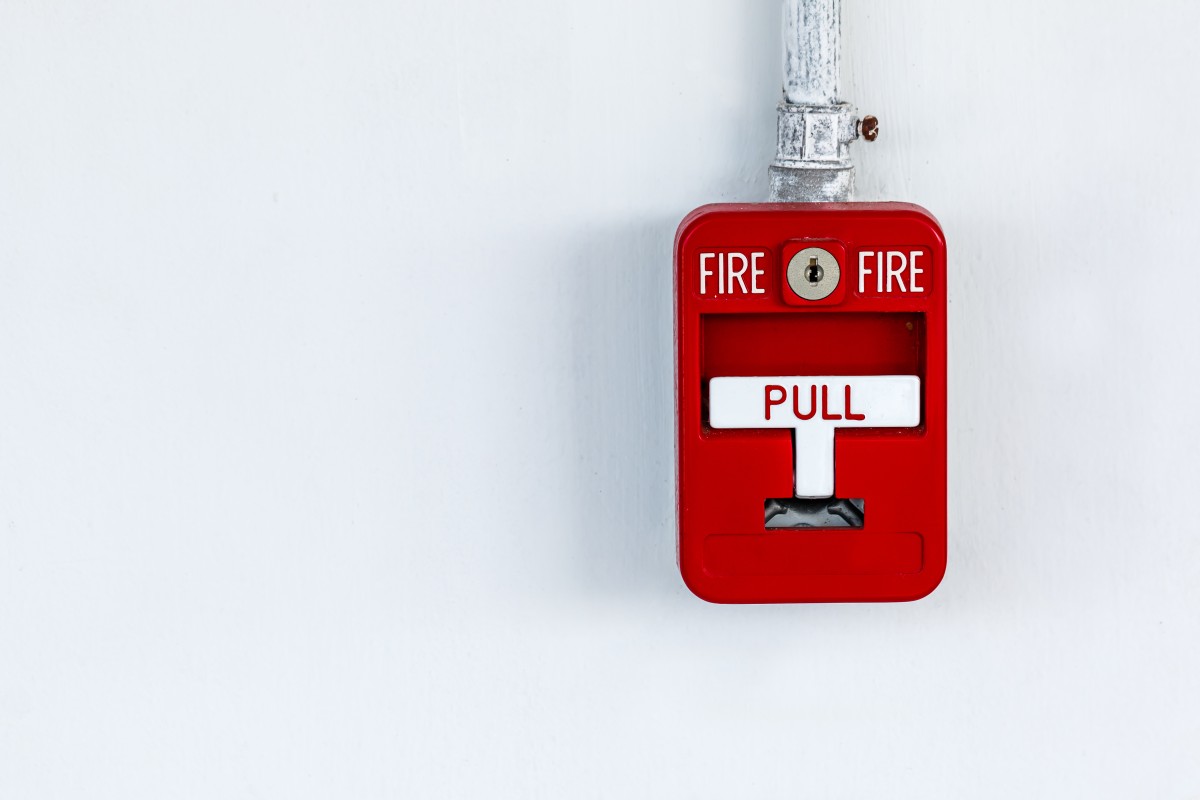Fire Safety Month: Practice Prevention

Fires can be devastating. Even small fires can have significant physical, financial, environmental, and psychological impact. October is Fire Safety Month, a great time to think about fire prevention at work, review your current plans, and check your equipment.
An effective fire prevention policy must cover:
- Alarm systems
- Fire suppression systems, like automatic sprinkler systems
- Fire extinguishers – including choosing the right one and training workers on how to use them
- Common fire hazards
- Fire reporting procedures
- Evacuation procedures – everyone should know at least 2 exit routes from their work area
- Safety precautions for preventing workplace fires
- Fire-fighting rules – when to fight, when to take flight
- Fire safety training – what, when, who, and how often
- Emergency response teams – fire brigades, emergency shutdown procedures, medical emergency first responders, etc.
Fire Drills
Fire drills are also an important element of your fire prevention policy. Drills should be conducted every 6 to 12 months, depending on the needs of your facility. An employee briefing should be conducted after the drill.
Fire Extinguishers
Fire extinguishers can decrease workplace fire damage. When choosing a fire extinguisher, it’s important to know what types of combustible material you have in your facility. Fire extinguishers are categorized in classes based on the materials they extinguish:
Class A – Ordinary combustibles: wood, paper, rubber, fabrics, and many plastics
Class B – Flammable liquids & gases: gasoline, oils, paint, lacquer, and tar
Class C – Fires involving live electrical equipment
Class D – Combustible metals or combustible metal alloys
Class K – Fires in cooking appliances that involve combustible cooking materials: vegetable or animal oils and fats
When using a fire extinguisher, stand 6’ to 8’ away from the fire and follow the four-step PASS procedure recommended by the National Fire Protection Association:
P – Pull the pin and hold the extinguisher with the nozzle pointing away from you
A – Aim low at the base of the fire
S – Squeeze the lever slowly and evenly to discharge the extinguishing agent. (When the agent first hits the fire, the fire may briefly flare up. This should be expected.)
S – Sweep the nozzle from side to side, moving carefully toward the fire. Keep the extinguisher aimed at the base of the fire.
Safety Storage Cabinets
If you have combustible liquids in your facility, it’s important to store them properly. Here are a few things to consider when making your choice:
- Compliance and regulatory requirements
- Type of chemical to be stored
- Capacity needs
- Performance testing
According to OSHA, your safety storage cabinet must be Factory Mutual (FM) approved, and Underwriters Laboratories (UL) listed. It must also comply with your federal, state, and local regulations.
Implementing a fire prevention policy is critical in ensuring the safety of your workers and your facility. If you have questions about how to implement procedures, or what supplies you need for your workplace, please contact the Northern Safety & Industrial Technical Support Reps at 800-922-8553, or email techsupport@northernsafety.com. They’re happy to help.
